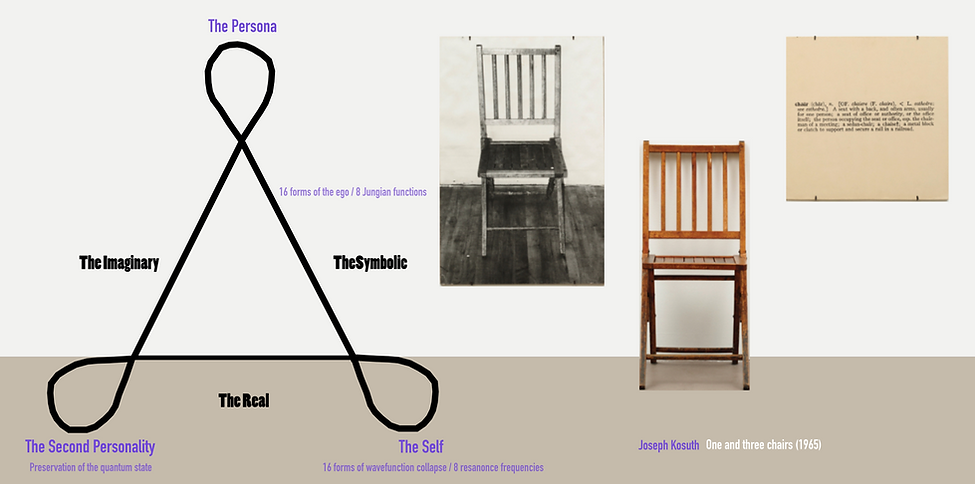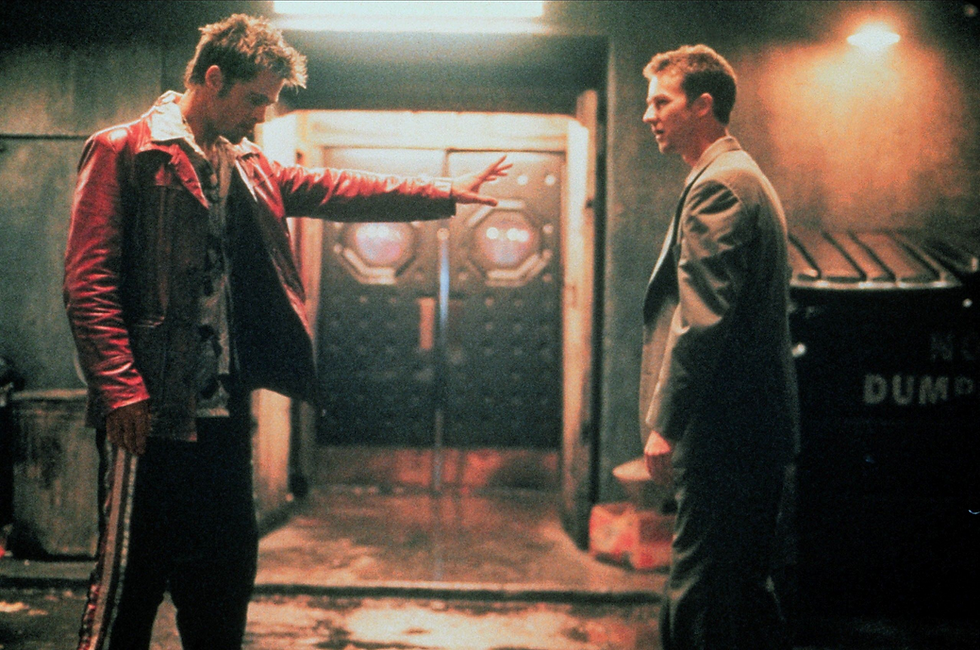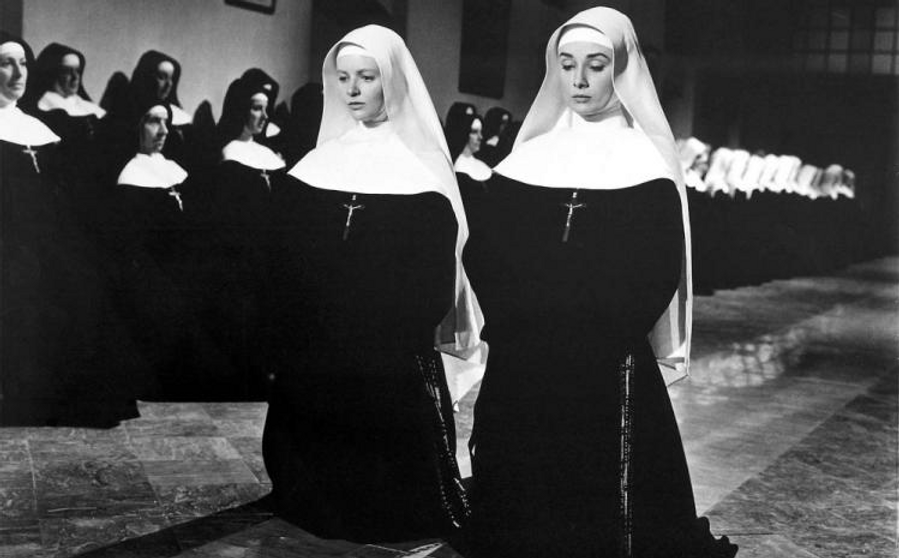Decentralised art is a Metamodern narrative and Web 3 network that reimagines identity, storytelling, and art ownership. Its focus lies in exploring the non-computational dimensions of the psyche—specifically the archetypal dynamics psychology associates with the mirror stage. Through this lens, art moves beyond postmodernism’s dismissal of grand narratives and enters a metamodern era defined by decentralised, authorless stories that open themselves to universal ownership. Emerging as a method of art production, decentralised art integrates the insights of Roger Penrose, Stuart Hameroff, Anirban Bandyopadhyay, and Thomas Chenault, expanding upon conventional Jungian ego typology with a decentralised system of storytelling, illustrating how the ego is constructed (and distanced) through specific storytelling processes that are linked to quantum biological mechanisms.
Decentralised art draws from:
Roger Penrose & Stuart Hameroff (Orch OR theory)
Anirban Bandyopadhyay’s studies of resonance frequencies in microtubules
Jacques Lacan’s Mirror Stage
The Cypherpunk / Web 3 movement
Thomas Chenault’s Pod’lair qualia model
Carl Jung’s psychology and typology
Richard Heart tokenomics (Hex)

Decentralised art employs a triangular incompleteness system that combines Jungian theory with Lacan’s registers, mapping aesthetic qualities of archetypes situated in-between the registers. Each archetype connects two, while remaining absent from the third:
The Second Personality links the imaginary and the physical, but is not a part of the symbolic realm.
The Persona connects the imaginary and the symbolic, but operates outside of the physical world.
The Self bridges the physical and the symbolic, but is not part of the imaginary.
This formula emerged after the typology model Pod’lair, a linguistic system that describes distinctions extending beyond the body’s perimeter. Unlike postmodern theories that confine language to external structures, this approach points to a deeper architecture—neither postmodern nor computational—that resonates with quantum processes. Articulating sixteen unique modes of wavefunction collapse, the system points towards a Penrose–Hameroff inspired science. Emerging within a decentralised research network, it bypasses traditional grant-driven systems while also generating forms of digital scarcity that can provide economic resilience in the face of AI-driven unemployment.

Stories serve as a sanctuary, offering a protected space for the Second Personality. From a quantum-biological perspective, this enclosure shields the delicate quantum processes of consciousness from external interference, helping to preserve coherence within microtubules.
Since the ego is bound to the external world, this act of protection simultaneously involves the expulsion of ego-identity. The narrative displaces the central “I,” decentralising authorship as writers become expressions of absence within their own stories. What emerges is a paradoxical form of narration: self-referential, contradictory, and resistant to collapsing into any single, fixed meaning.
The Second Personality creates decentralised, non-linear stories in the pre-conscious mind—an activity at the heart of all artworks produced through this process. In this metamodern approach to art-making, the artist’s identity is not important; the true value of the work lies in its capacity to reflect both archetypal and quantum-biological processes with accuracy. In fact, as with Satoshi Nakamoto—the creator of Bitcoin—the artist’s anonymity may itself function as an essential feature of the network process.

Postmodernism challenges the notion that narratives reveal universal or natural truths, emphasising instead that they arise from cultural contexts and are shaped through negotiation. Metamodernism does not dismiss the valuable insights of this perspective but seeks to expand upon them, integrating elements of modernist thought—in this case, bringing Lacan into dialogue with Jung. The persona, which stands somewhat apart from Jung’s other archetypes, offers a pathway for this exploration. This aspect of the psyche reflects the cultural and external dimensions of human experience rather than the physical or biological. It constructs shared narratives in the external world as a means of cultivating collective cultural identity—an essential element of narrative formation, though not the right avenue of exploration for someone seeking a connection between mind and body.

Modernism emerged in the late 19th and early 20th centuries, characterised by a sense of intense self-awareness. With industrialisation, urbanisation, and scientific advancements transforming society, artists and writers began to challenge established traditions and sought innovative means of thought and expression. The advent of the camera prompted painters like Wassily Kandinsky and Piet Mondrian to depart from realism, embracing abstraction. Similarly, decentralized art anticipates a corresponding shift in metamodernism where self-awareness evolves beyond mere introspection to investigate its very essence through storytelling, biology, and physics. Like their modernist predecessors, metamodern artists, faced with technology that challenges the value of traditionally-created art, will seek innovative forms of creative scarcity, with artificial intelligence presenting the key existential threat.
